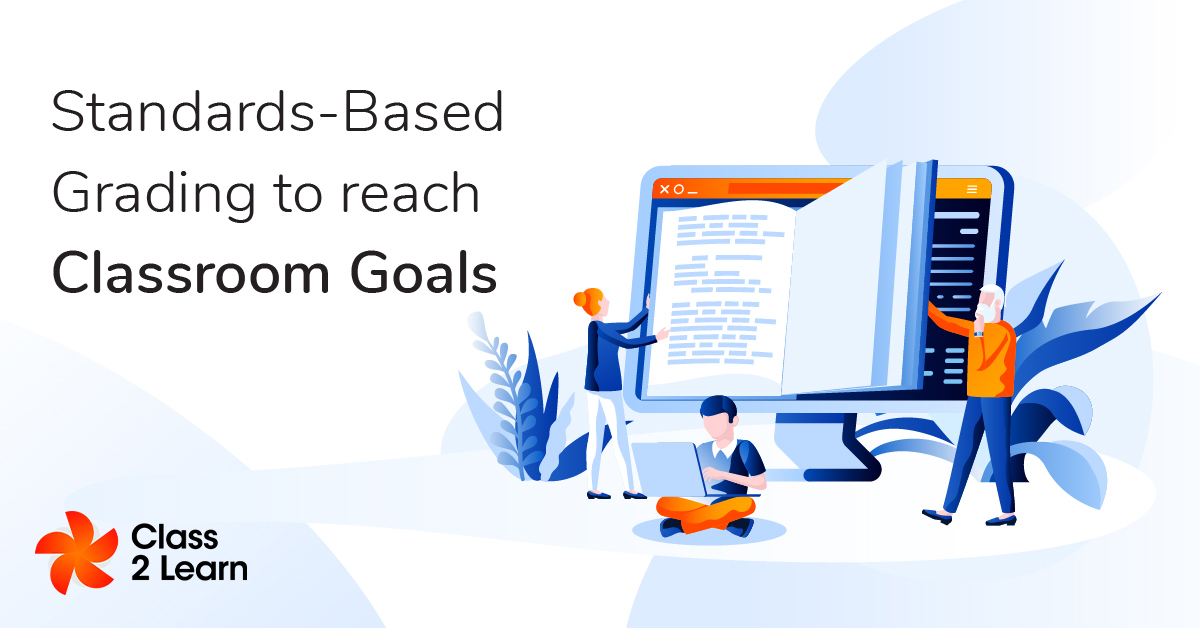New grading systems created to evaluate student achievement in more depth are one of the favorites and trendiest advances in education. Instead of condensing all test results into a single letter or number grade, standards-based grading measures students’ performance against specified criteria and reports their ability in these areas. The adoption of standards-based grades requires some adaptation, but they have numerous advantages and provide parents, teachers, and students with greater direction.
How Standards-Based Grading Works
Standards-based grading involves more than merely altering the grading process. It begins by determining the skills and abilities that the course is supposed to teach and then structures the evaluations of the course around gauging these criteria. Multiple criteria are evaluated after the grading period to demonstrate how the students have improved and learned.
Traditional grading is often unclear or inconsistent in how it converts success or failure in class into numerical scores, and sometimes leans heavily on memorization and repeating the approach demonstrated by the teacher. This doesn’t show that the student has mastered the related skill and can apply what they’ve learned in the future.
Standards-based grading does a better job of showing how students are struggling. Teachers still need to assign numbers or ranks to show whether students attain the standards required by the class: a 1-4 or 1-5 scale where 1 indicates below-required proficiency and 4 or 5 represents the success that exceeds the expected goal targeted for each standard. However, the rank better shows what concepts and skills have not been learned. This can provide a more effective way of measuring language arts, history, and social studies.
Pros and Cons of Standards-Based Grading
One advantage of SBG is that it’s easier for teachers to lay out and discuss their goals, and judge how successful they are. This can be used to demonstrate success and to align with other teachers who may currently use different grading methods that feel inconsistent with students.
SBG’s ability to pinpoint when and how learners require intervention to enhance their performance is another factor contributing to its effectiveness. Teachers will be able to provide pupils with study and review resources aimed at achieving that benchmark if they are having difficulty in a particular subject.
Students’ and their parents’ understanding of what they have learned can be facilitated by describing standards. Instead of merely receiving an “A” in the class, grades are more significant when they demonstrate that a student has achieved a certain objective. Students who receive direct feedback may feel more successful and remember the skill rather than the learning experience.
However, parents may not be satisfied with new grades if they are used to an ‘A-F’ scale, especially if they expect ‘A’ students to get the highest level in each standard. It’s important to communicate students’ accomplishments so they feel like they are succeeding even if they don’t get the score they expect.
Another disadvantage is that it requires teachers to revise their curriculum around a new grading system. Trying to use existing assessments that were not meant to assess the new standards won’t make full use of the system, but placing an additional burden on the teachers by making them rewrite their course materials can make their jobs harder.
Using Technology to Improve Standards-Based Grading
New platforms have been created to help teachers create standards and course materials conveniently. Kiddom is a free platform for creating a digital curriculum that tests educational standards. Assignments can be graded according to standards and the teacher can use analytics to track students and see their progress and whether they need additional support. Assignments can be uploaded by the teacher or connected from a separate learning portal.
Edulastic is an assessment-focused platform that is great for creating tests of different standards and levels, as well as measuring progress toward mastery of each standard. It can also make practice and prep tests for state assessments that can be customized for each class. Its features make it ideal for measuring progress over time and quickly analyzing the results of each student in an organized manner.
Final Thoughts
Standards-based grading systemizes the teaching process so educators are better able to reach the results they want and demonstrate their success. Using technology-supported standards in classes makes teaching more consistent and effective when applied properly.





Add comment